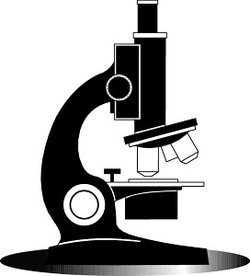Microorganism
|
|
A microorganism or microbe is an organism that is so small that it is microscopic (invisible to the naked eye). Microorganisms are often illustrated using single-celled, or unicellular, organisms; however, some unicellular protists are visible to the naked eye, and some multicellular species are microscopic. The study of microorganisms is called microbiology.
Microorganisms may be found almost anywhere in the taxonomic structure. Bacteria and archaea are almost always microscopic. A number of eukaryotes are also microscopic, including most protists and a number of fungi.
Microorganisms are found everywhere in nature. Even in hostile environments, like the poles, deserts, geysers, rocks, and the deep sea, some types of microorganisms have adapted to the extreme conditions and sustained colonies; these organisms are known as extremophiles. Some extremophiles have been known to survive for a prolonged time in a vacuum, and some can be unusually resistant to radiation.
Microorganisms are used in brewing, baking, biotechnology, recycling of other organisms' remains and waste products, and many other processes. They can also be harmful as pathogens when, as parasites, they cause infections.
Microorganisms were probably the second form of life that appeared on Earth. Today they have an important place in all ecosystems and in most higher-order multicellular organisms. For mankind they are important for participating in driving the earth's main element cycles, and for the creation of certain types of food, medical substances and biological weapons.

